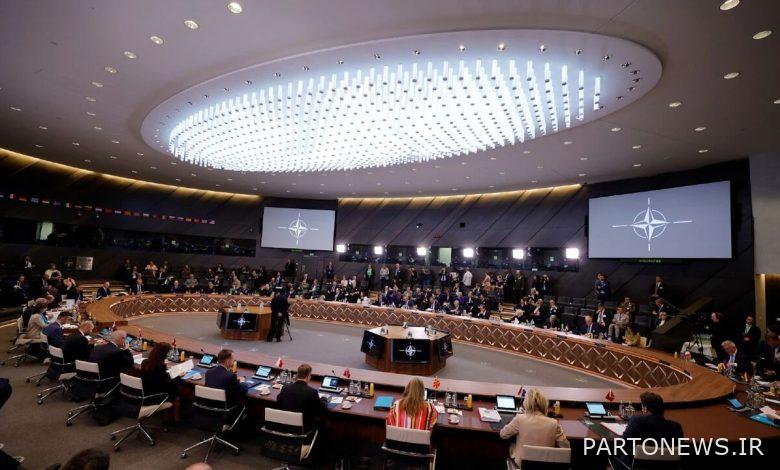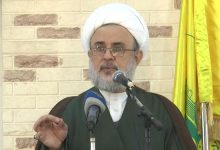The US Senate approved Sweden and Finland joining NATO

According to Hill’s website, American senators approved the membership of Sweden and Finland in NATO with 95 votes in favor against only one vote against.
All Democrats and most Republicans voted in favor of the plan. In fact, more than two-thirds of American senators agreed to this plan, which is the most important expansion of this 30-member coalition since the 1990s.
Following the Senate’s approval of Sweden and Finland joining NATO, Ned Price, the spokesman of the US State Department, called it a sign of Washington’s support for its long-time partners and said that the joining of these two countries to NATO has strengthened our defense cooperation and is for the benefit of all its members. It will be a coalition.
Finland and Sweden’s plan to join NATO also needs the approval of other member countries of this alliance and it may take several months. Before Sweden and Finland can enjoy the full protection of Article 5 of the NATO Charter regarding protection against attack, all 30 NATO member states must formally ratify their membership.
After the war in Ukraine, Finland and Sweden applied to join NATO, and on July 8, after Turkish President Recep Tayyip Erdogan’s opposition to the membership of Finland and Sweden in NATO, NATO leaders officially asked the two Scandinavian countries to join the alliance. They invited
Accusing Sweden and Finland of supporting the Kurdistan Workers’ Party (PKK) and its allies, which Ankara considers terrorist organizations, Turkey threatened to stop the membership process of these two countries in NATO.
The accession of Finland and Sweden to NATO takes place in the wake of the Ukraine war while Russia has warned about the expansion of the North Atlantic Treaty Organization (NATO). International analysts and experts believe that this membership can improve the conditions on the eastern borders of Europe. Russia’s sensitivity to NATO expansion will make it far more complicated.
Almost 6 months have passed since the war in Ukraine. On February 21, 2022 (March 2, 1400), Russian President Vladimir Putin, criticizing the West’s indifference to Moscow’s security concerns, recognized the independence of the Donetsk and Luhansk People’s Republics in the Donbas region. On February 23 (March 4) and just one day before the start of the war in Ukraine, the Council of the European Union approved the first package of sanctions against Russia in response to this action.
On Thursday, February 24 (March 5, 1400), Putin also launched military operations against Ukraine, which he called “special operations”, thus turning the tense Moscow-Kiev relationship into a military confrontation.

